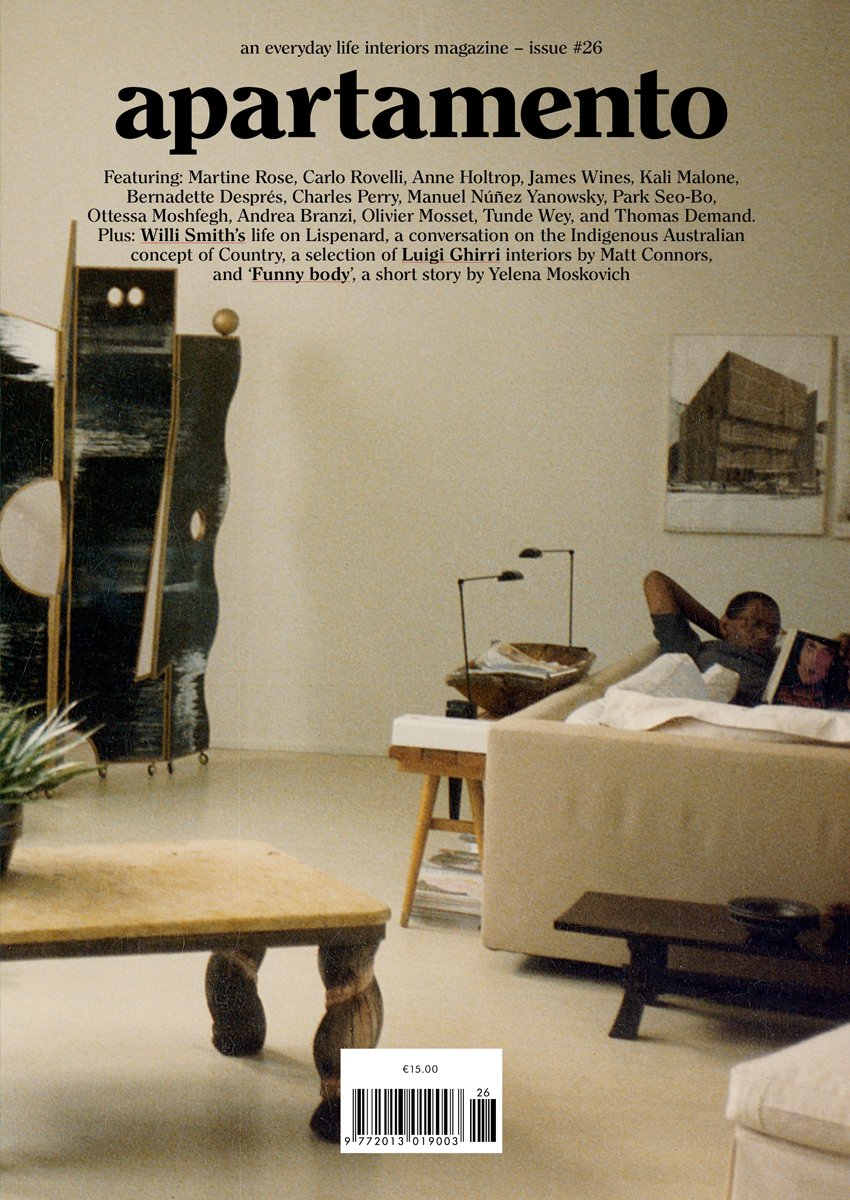
This article was originally published in issue #26 of Apartamento, out now!
Los Angeles: Depending on where your own interests lie, it’s possible to arrive at the life and work of Charles Perry in more than one way. Born in LA, in 1941, Perry’s known as one of world’s foremost experts on medieval Arabic cuisine, having majored in Middle Eastern studies at Princeton and then UC, Berkeley, and having spent a year studying Arabic in Shemlan, Lebanon, in the early ‘60s, giving him his first real taste of the region and its food. Back in the US though, Perry found himself the college roommate of Owsley Stanley, the man who supplied around six million doses of LSD to the San Francisco Bay Area. Stanley also worked as a sound engineer for the Grateful Dead, and Perry soon became the resident dope editor of Rolling Stone magazine, reporting on illicit trips, nose candy, Jerry Garcia, and rock ‘n’ roll. Later, he became a food writer for the Los Angeles Times, and in 2005 Perry translated from Arabic A Baghdad Cookery Book, also known as Al-Baghdadi’s Kitab al-Tabikh, the only medieval Arabic cookbook known to the English-speaking world. The city’s golden era produced this and several other books full of the recipes from opulent banquets; Perry says the number of cookbooks written in the region before the year 1400 is bigger than for the whole rest of the world combined. Personally, I came to Charles Perry via Claudia Roden and Anissa Helou, two of his colleagues from the Oxford Symposium on Food and Cookery. Roden, one of the most important food researchers in the world, wrote to tell me that Perry is a ‘brilliant scholar’ for anything to do with Ottomans and thin dough, while Helou, a renowned food writer of Lebanese and Islamic world cuisine told me it would be hard to find Perry, since he’s probably somewhere on the outskirts of LA, working out the differences between aubergine recipes from the 16th century. That’s exactly how I found him, jangling between facts and history and exotic stories about the woman who will never marry if she cannot make the perfect kibbeh— between history and myth, just like the food he’s researching.
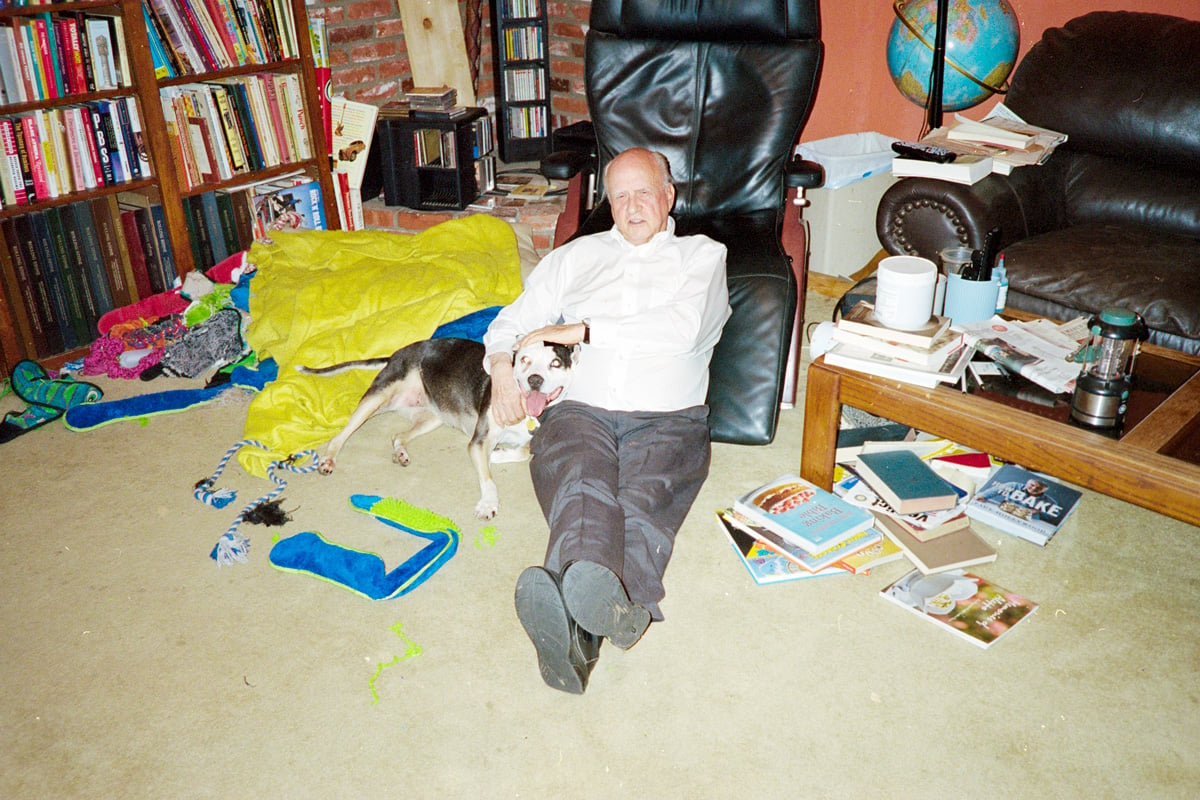
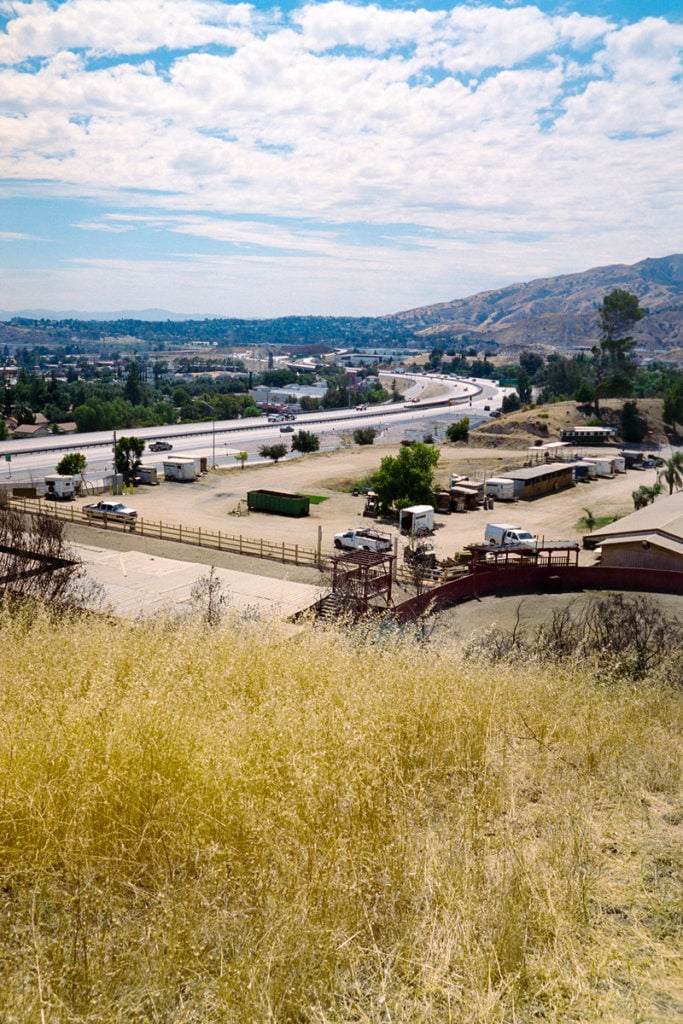
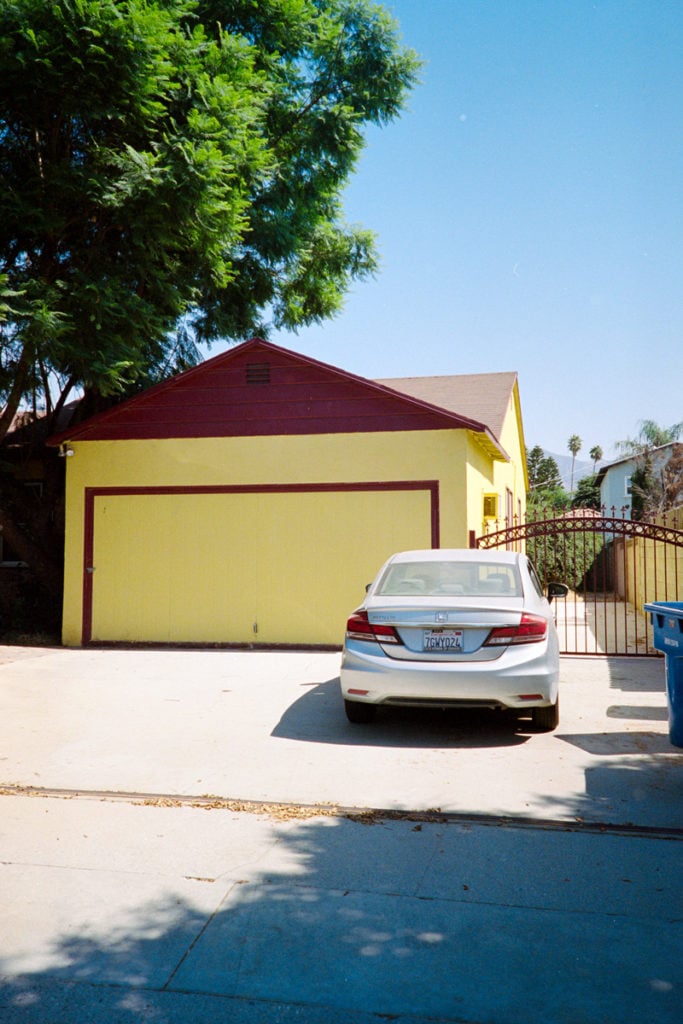
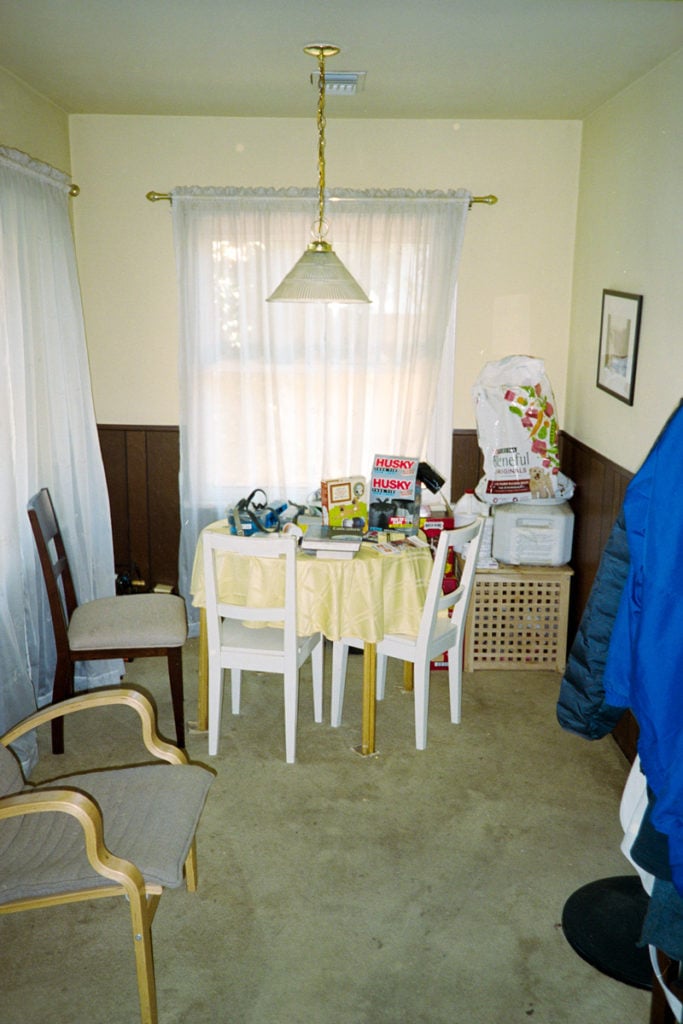
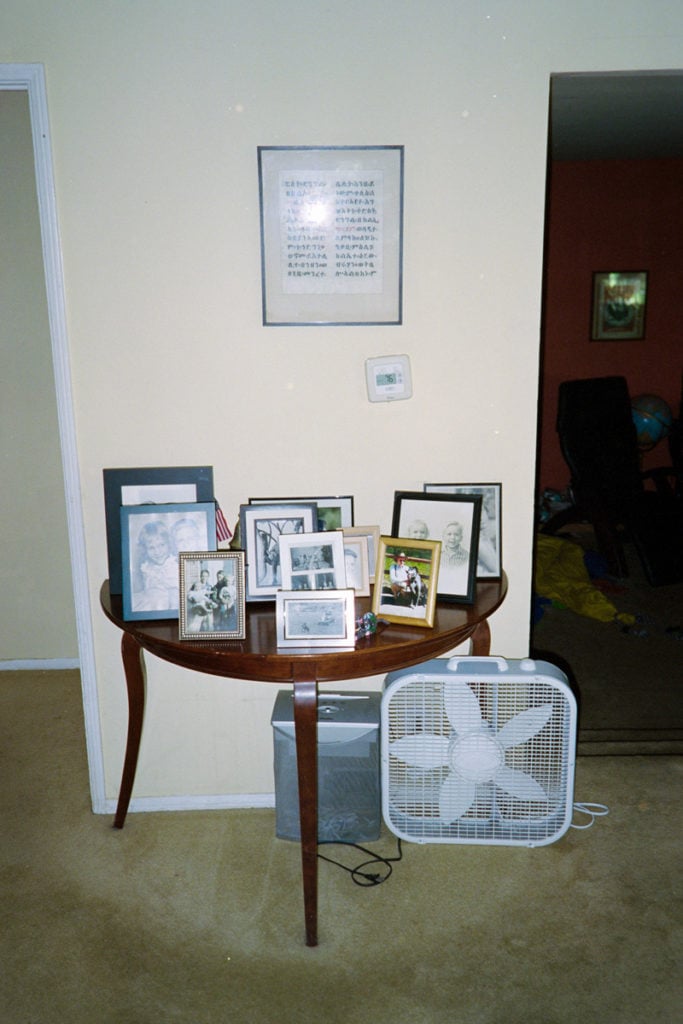
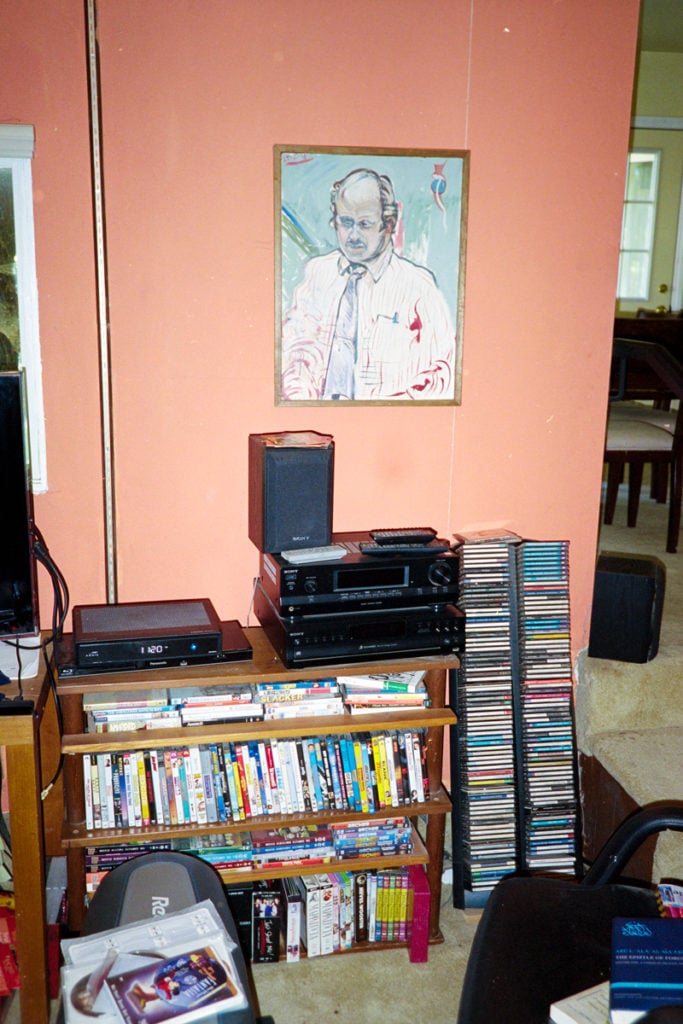
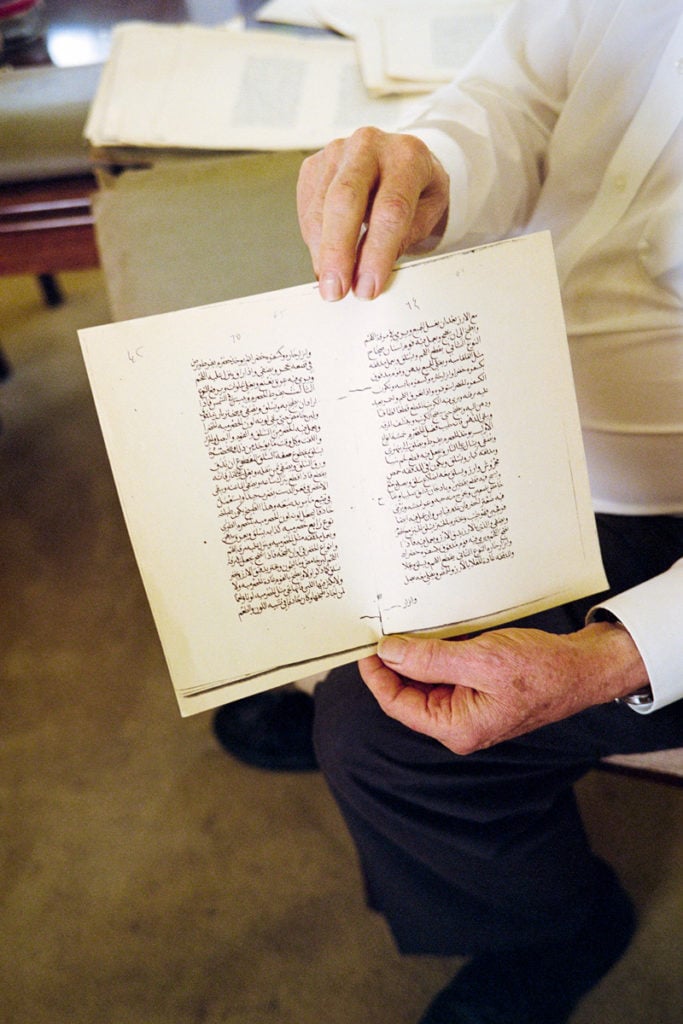

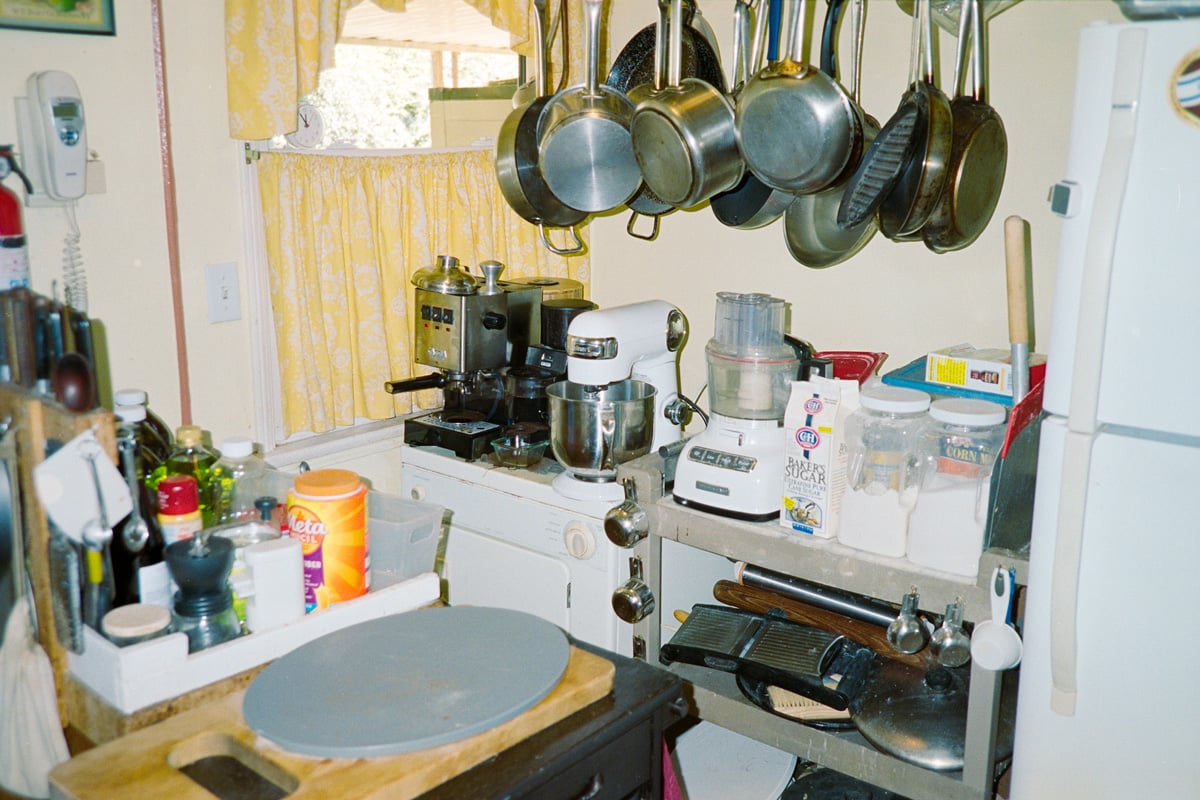
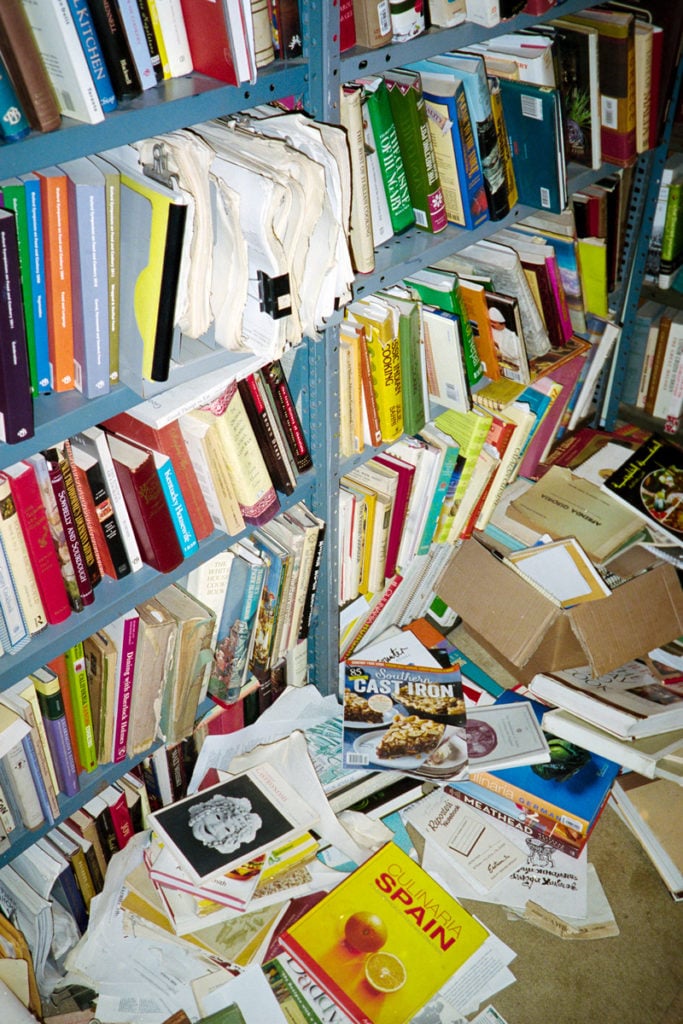
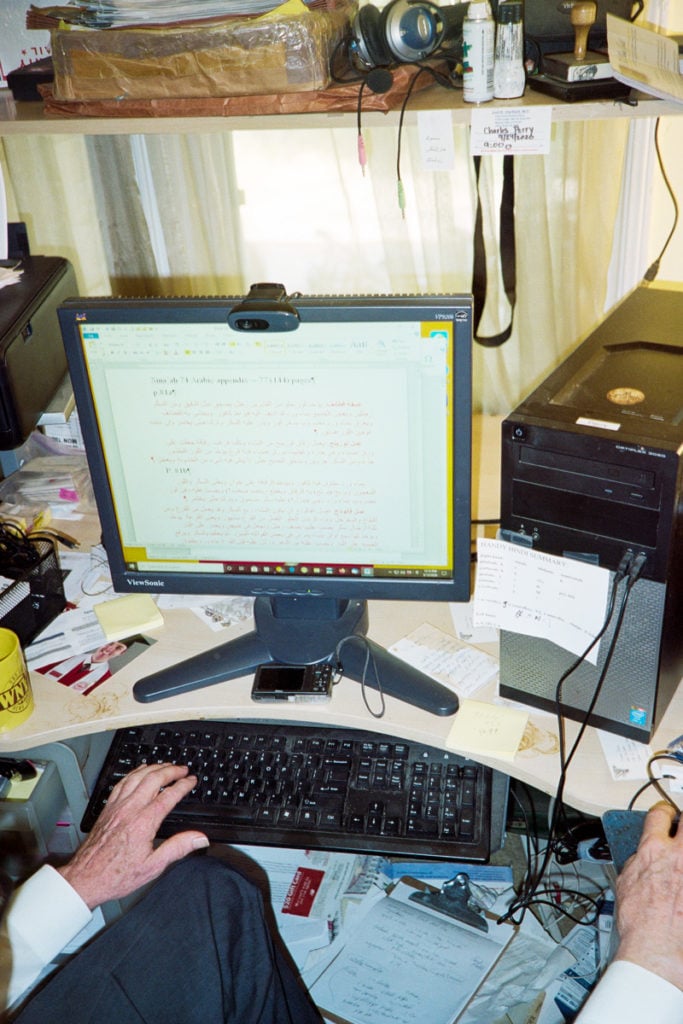
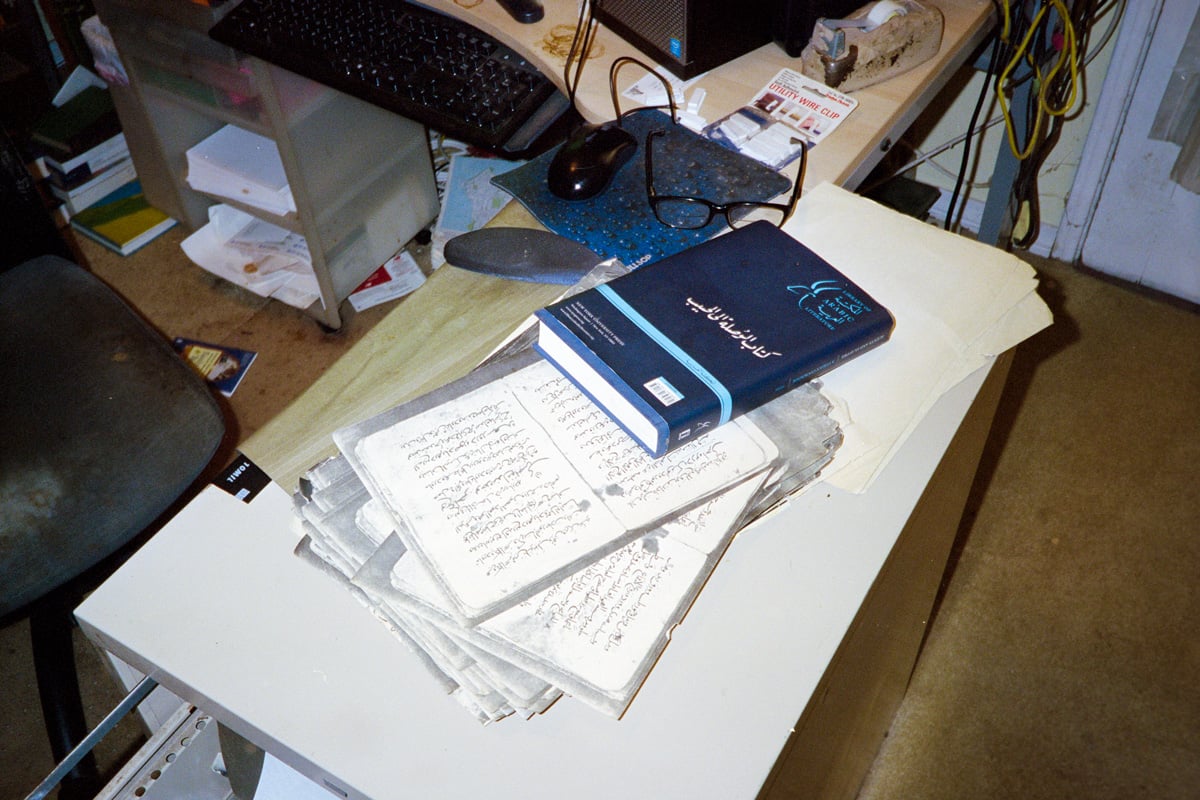
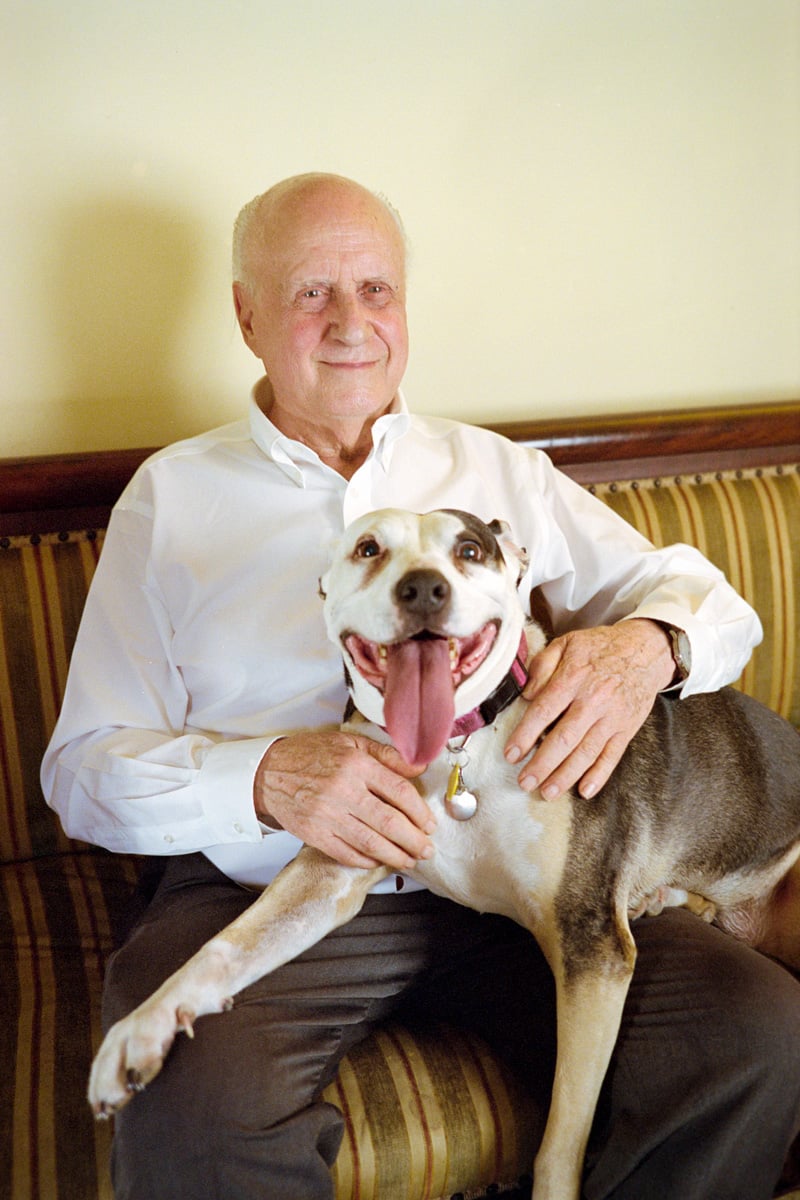

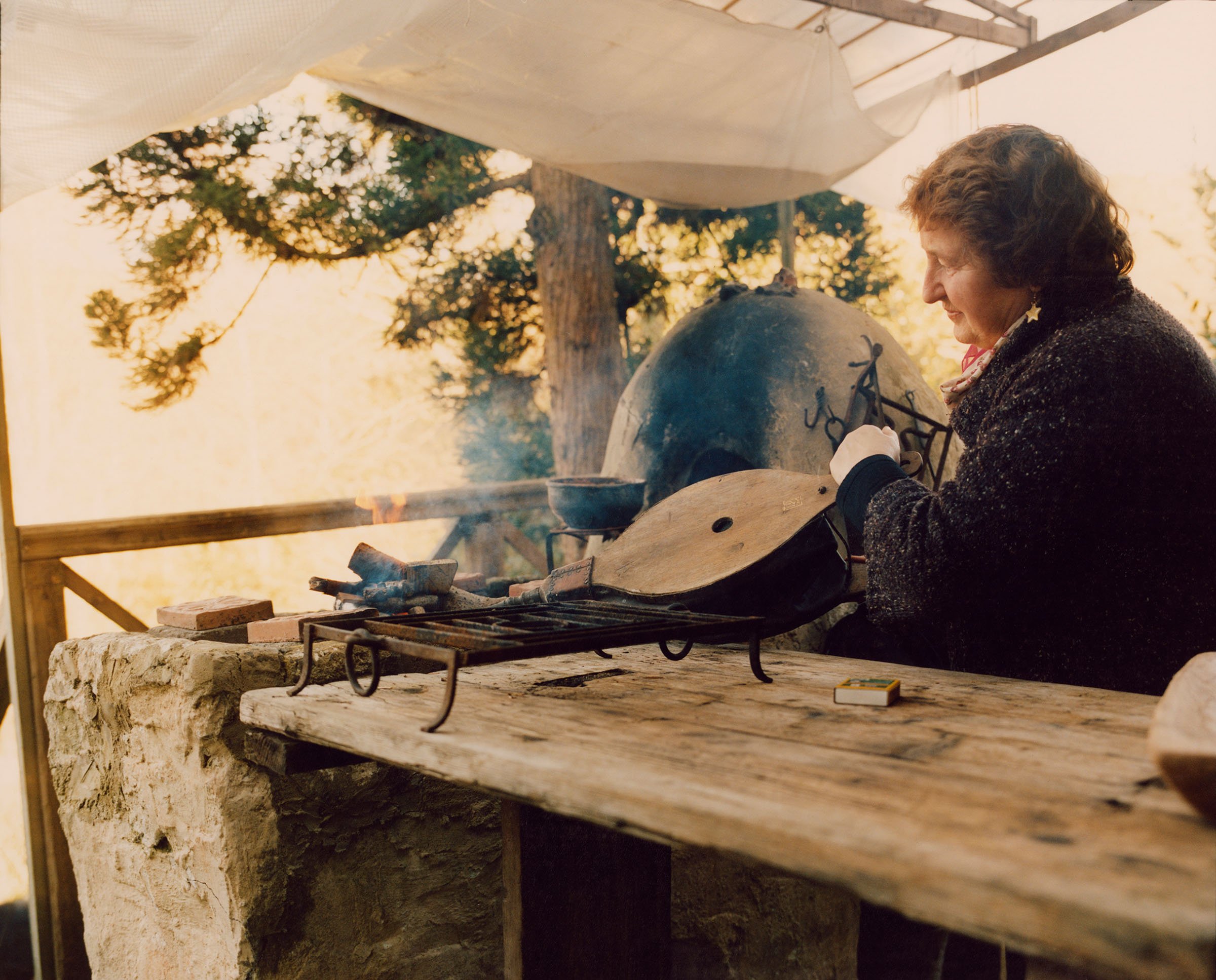
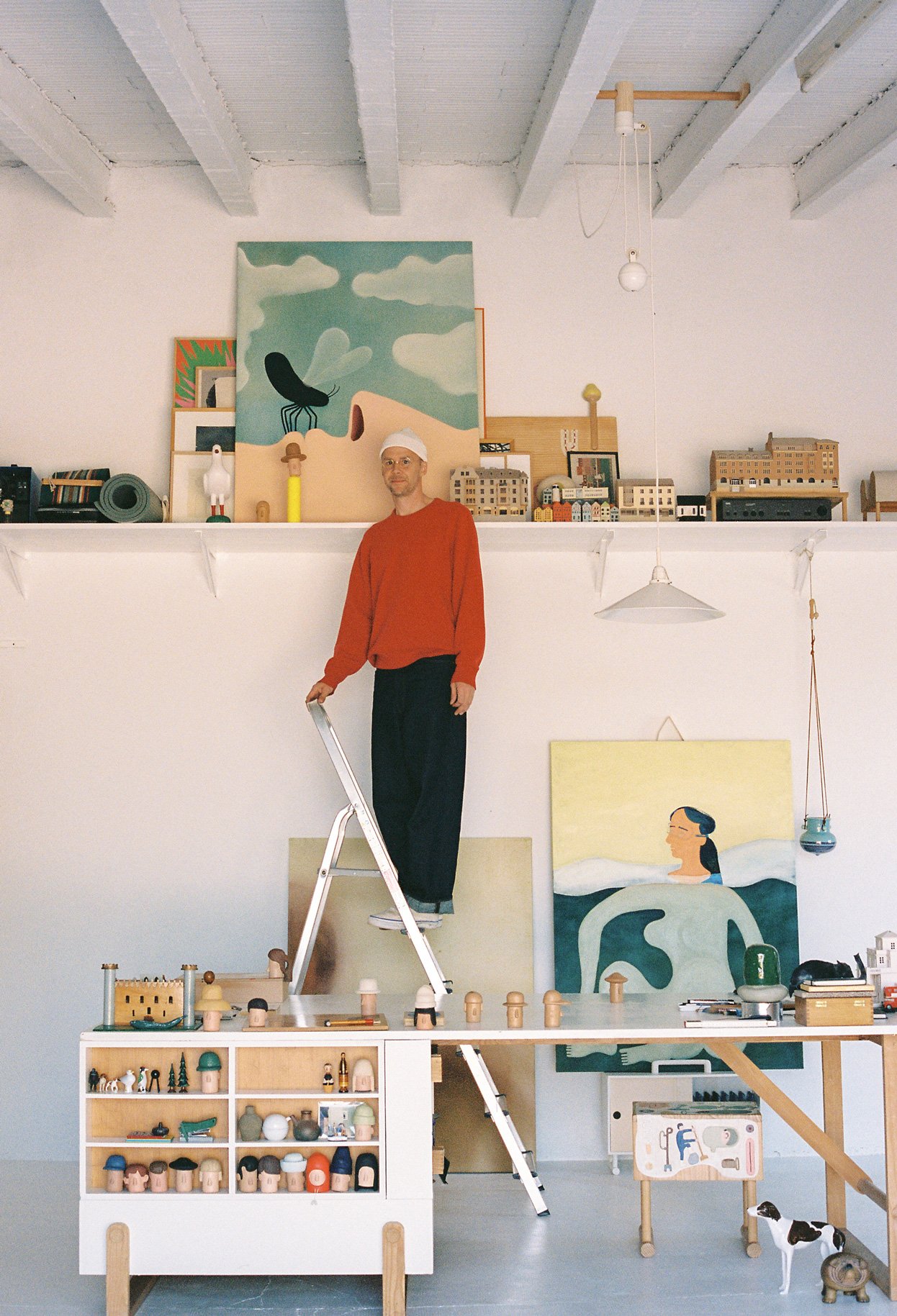
 close
close
